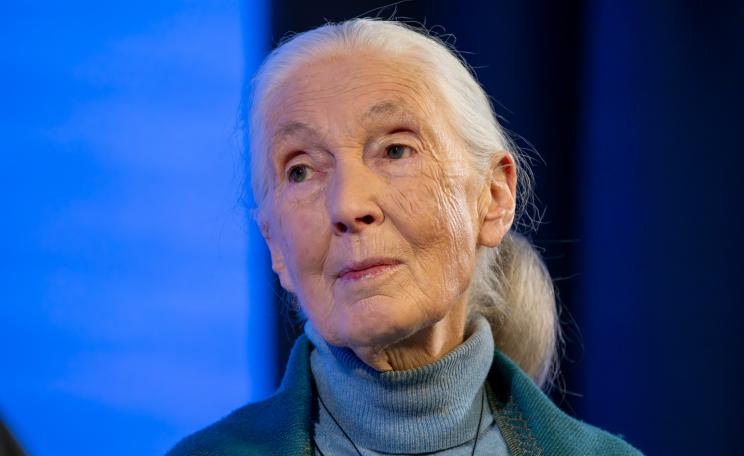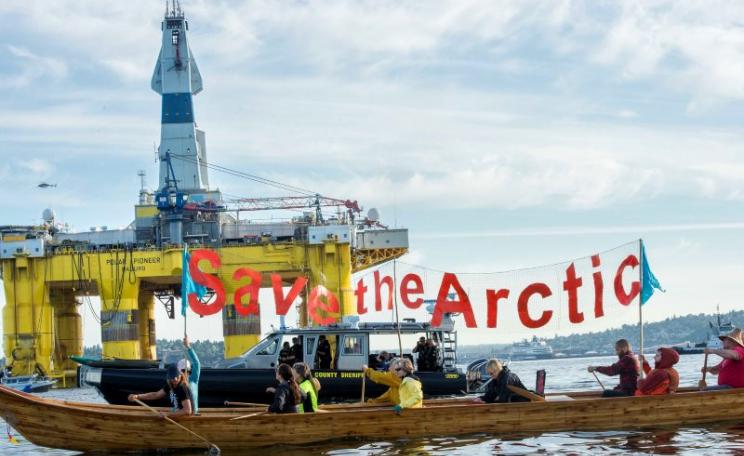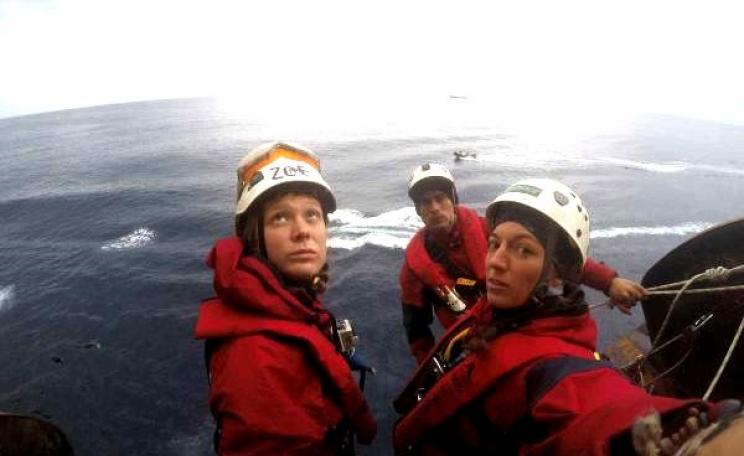Online activism has recently scored a massive win with the 38 Degrees campaign to stop the government's plans to sell off the UK's forests. The campaign garnered half a million signatures for their petition, and asked members to email their MPs. Activists also donated their money to fund a public opinion poll and adverts in national newspapers.
However, 38 Degrees members also took ‘offline' action: they put up posters in their local woodlands and organized local events.
In the light of this recent success and others such as stopping the mega-dairy in Lincolnshire, it is difficult to agree with sceptics that online activism, known as ‘clicktivism', does not work. Sceptics criticize online activism as ‘passive'. They argue that one click of the mouse to ‘like' a Facebook page, sign a petition, or follow a campaign on Twitter creates a generation of lazy armchair activists who don't know how to get involved with real world protest.
It is true that there is very little personal cost for individuals to sign up to show their interest in campaigns, informally or on a formal petition. It is common sense that getting people to part with their large chunks of their time or their money is more challenging.
However, David Babbs, executive director of 38 Degrees says:
'There is a natural continuum between online and offline, which I think is sometimes forgotten when we talk about clicktivism.'
'I think that people get involved with 38 Degrees not because they want to do stuff on the internet but because they want to make change happen, and sometimes that's about doing things online, or sometimes that's about doing things offline,' says Babbs. For example, Babbs tells me that you can have an impact by emailing your MP, but if your MP has heard from lots of people then the next step is to meet them and put pressure on them face to face.
In fact, most campaigns are online and offline hybrids. At one end of the spectrum there are organizations that channel the bulk of their activism online such as AVAAZ and 38 Degrees on one end - at the other, the UK Youth Climate Coalition (UKYCC) and Climate Rush use an online presence alongside meetings or direct action, which are the main event. The cuts protest group UK Uncut seems to effortlessly straddle the online/offline spheres, conducting meetings over Twitter and growing their website alongside their nationwide protests.
I spoke to campaigners from these groups to find out how they engaged with their members to try and motivate them to commit to getting up out of their armchairs and into ‘offline' action? Here are their suggestions:
Tips for motivating clicktivists to take offline action
Empower people to take action
Knowledge is power. Tamsin Omond, founder of Climate Rush, says that, 'To join our Facebook group or to follow us on Twitter is easy but a bit superficial in comparison to getting in the deep end with direct action.' But, she says, people can find out about their public-facing events online, and once they have learned more, they can get involved with weekly meetings. Online support materials also help empower activists in the case of UK Uncut, who provided a video about planning your own protests that quickly went viral.
Get input from members
Asking your community what they want to do - rather than just marketing your ideas to them - to them is what Babbs says is the secret of why 38 Degrees has been so successful to engaging large numbers of people and motivating them to take action. Members of 38 Degrees choose the campaigns they want to focus on and then thousands of them steer the strategy via online polls.
Spread peer influence
Marketeers have identified that sharing news of a purchase over Facebook or Twitter is an important advertising strategy for the future, as reported in Wired UK. Could this work for activism? David Babbs agrees: 'The more you can see that other people are raising money or exerting influence then the easier it is to believe in.' Peer-to-peer sharing online also breaks down barriers between groups of friends with different interests, enabling everyone to get involved. In theory, if you share that you are taking part in a real world action, others will follow.
Keep it positive
When you are composing your Tweets, Facebook updates or other online communications, try to keep a positive tone and tell people about specific opportunities to get involved with taking action. 'One thing we do is we try not to spam and overload Facebook, we only publish a few times a day so that it's not clogging people's newsfeeds,' says Andy Hix, communications coordinator from UKYCC.
Respond in a flash
UKYCC's Andy Hix tells me that: 'Social media allows a new form of campaigning that was never possible before, to mobilise people all around the country immediately.' One example is a two-hour campaign started on Facebook and Twitter to make sure Chris Huhne stayed at the Cancun climate summit when it was rumoured he might return to the UK. UKYCC members bombarded Chris Huhne's office and Downing Street with phone calls to tell him to stay at the Cancun negotiations - so many that the Downing Street switchboard was closed and UKYCC leaders were invited for an emergency meeting with Chris Huhne's advisors. Chris Huhne ended up staying in Cancun.
Focus on local action
A recent survey on community action found that people are more likely to be interested in helping their local community than society at large. Campaign groups such as UK Uncut and the Yes to Fairer Votes - both of which have relevance to the green movement - send out email mailouts specific to actions going on in your local area. The False Economy website on cuts shows crowdsourced material on how the cuts will local environmental services.
Visualise the problem - and the solution
You can create your own maps to show people how an issue affects people in different areas - and most importantly in their own area. The Save the Forests campaign had a map of forests under threat and the False Economy campaign has a map annotated with different places affected by cuts. See the Ecologist's guide to digital activism for more guidance on this.
Avaaz has a ‘Happening right now' counter showing people power in real time as people all over the world sign their petitions, including the petition on climate change, while 38 Degrees has a prominent counter of how many people are taking part in its actions.
Awareness-raising
Don't forget the traditional media as a channel for publicizing your campaign. For example, the Save England's Forests campaign managed to get a letter of support signed by various celebrities printed in the Telegraph, which helped create momentum around the campaign. Also, Daniel Garvin from UK Uncut says: 'Local papers are always hungry for stories about the cuts.'
Christine Ottery is a freelance journalist
| READ MORE... | |
 |
HOW TO MAKE A DIFFERENCE The Ecologist guide to video activism The video camera is the weapon of choice for activists and campaigners around the world, with campaign films an effective way to get a message across and fight back against mainstream media bias. Here's our guide to taking your stand... |
 |
HOW TO MAKE A DIFFERENCE CAMPAIGN HERO: Neil Kingsnorth, head of activism at Friends of the Earth The Ecologist talks to Neil Kingsnorth about Friends of the Earth's most (and least) successful campaigns and why community groups are vital to the future of UK activism |
 |
HOW TO MAKE A DIFFERENCE CASE STUDY: from campaign group to Westminster From chasing endangered parrots to hunting for the environmental holy grail with Friends of the Earth, one of Britain's pre-eminent eco campaigners wants to take his quest for a better, greener world to the halls of Westminster. Dixe Wills meets a man on a mission |
 |
HOW TO MAKE A DIFFERENCE How to Win Campaigns Part I: Communication essentials Proven top tips on communicating your issues effectively from one of the UK's most successful campaigners... |
 |
HOW TO MAKE A DIFFERENCE 10 independent media groups Seek out campaigns, context and investigations that you're unlikely to find in the mass media in our pick of the best independent publications |








